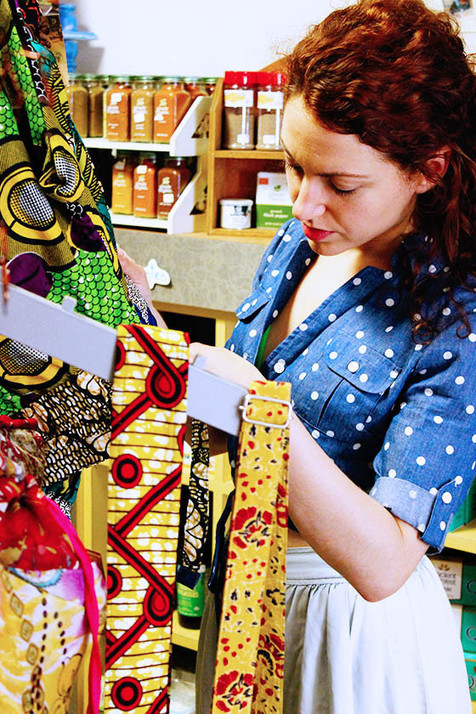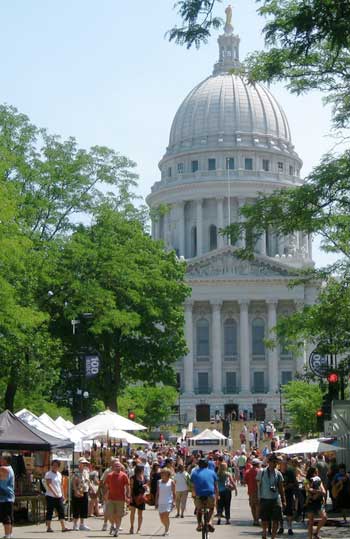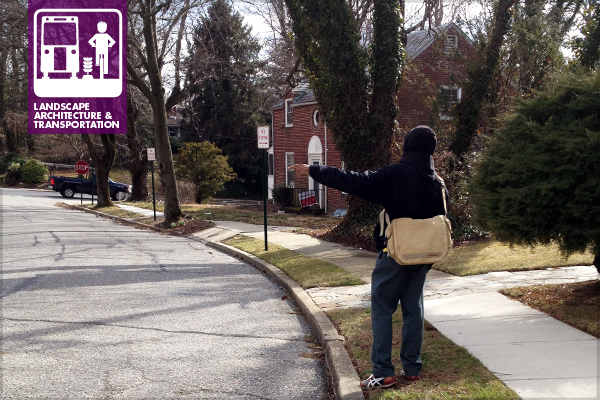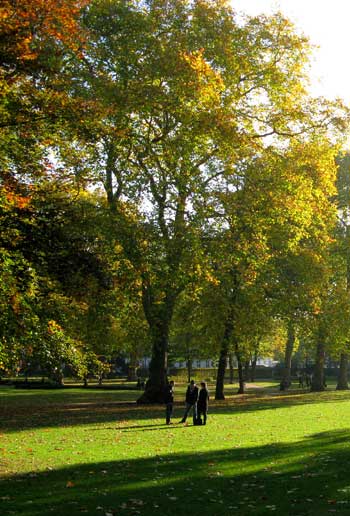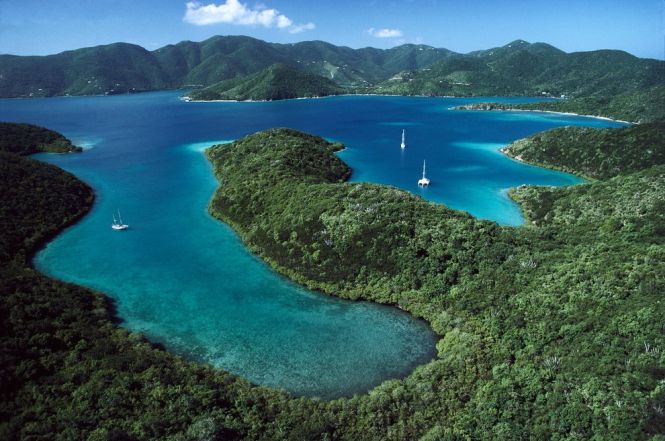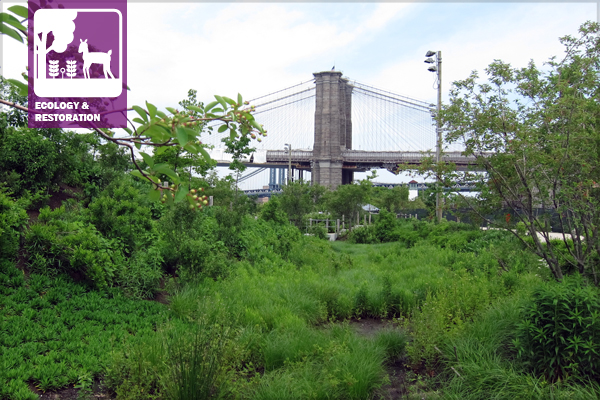 Brooklyn Bridge Park in Brooklyn, New York introduces ecological functionality into a highly urbanized environment.
Brooklyn Bridge Park in Brooklyn, New York introduces ecological functionality into a highly urbanized environment.
image: Michael Van Valkenburgh Associates
project team: Michael Van Valkenburg Associates, Great Ecology
By 2050, an estimated 66% of the world’s human population will reside in urban areas. That number reflects a steady increase in urbanites from 1950 onward.
As our world becomes increasingly populated and urbanized, how we as designers plan for that growth will affect the health of the planet and its ecosystems. Too often, our urban landscape design solutions oversimplify or ignore the importance of habitat quality, quantity, and connectivity. We grasp the costs and benefits of green roofs, bioswales, urban forests, greenways, and other components of urban green infrastructure. We now need to integrate those strategies into a larger, more connected urban ecological framework.
